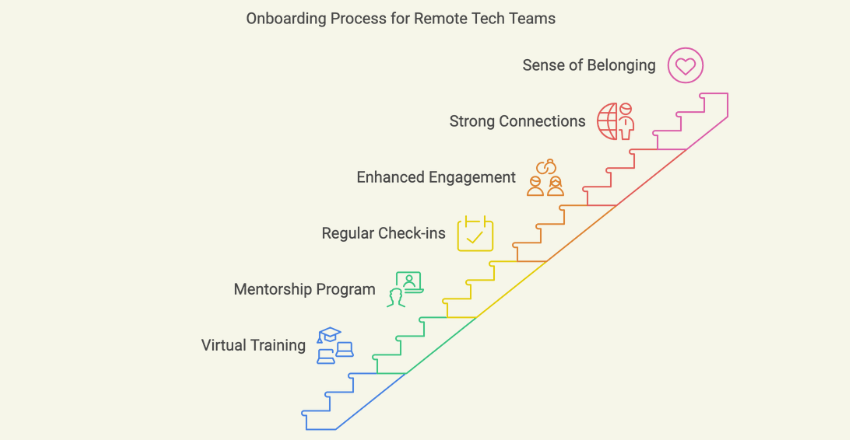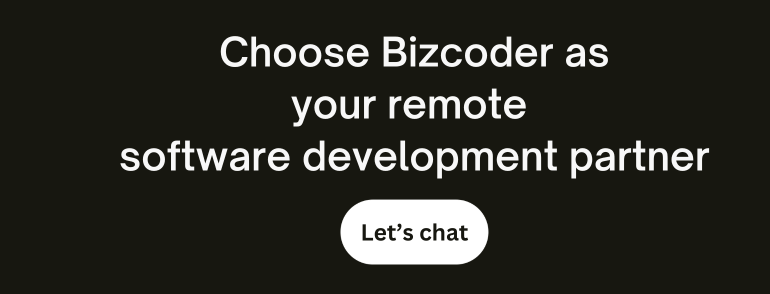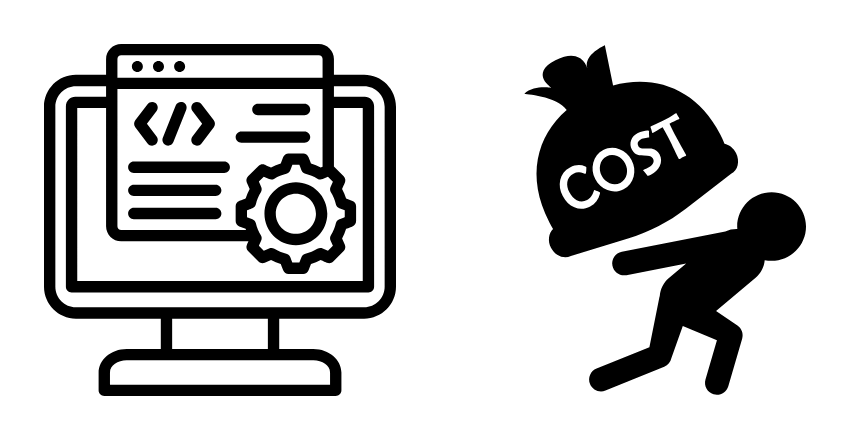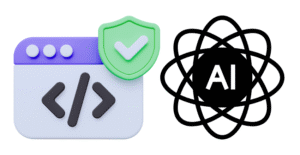Most companies think a Slack introduction and an email chain constitute an effective remote onboarding process. Ignoring the vital role onboarding plays in integrating remote tech teams is a surefire way to hinder productivity and cohesion.
The rise of remote work has laid bare the inadequacies of traditional onboarding processes. Unprepared, many companies fumble, leading to lost productivity and disillusioned employees.
I’ve seen many teams falter because of unstructured and inadequate remote onboarding, leading to reduced productivity and engagement. Banish this problem for good.
The Remote Onboarding Challenge

Before we dive into the strategies, let’s address the elephant in the room: remote onboarding is inherently challenging. Without face-to-face interactions and the physical presence of team members, new hires can feel isolated and disconnected. According to a study by Buffer, 20% of remote workers struggle with loneliness, while 18% face difficulties with collaboration and communication. These statistics underscore the critical need for a robust remote onboarding process.
Integration with Legacy Systems
- Many tech teams work with a mix of modern and legacy systems. Onboarding new hires to navigate these complex environments can be challenging and may require specialized knowledge.
2. Security and Compliance Training
- Ensuring that new hires understand security protocols and compliance regulations can be complex, especially in regulated industries. Experts must tailor training to address specific vulnerabilities and legal requirements.
3. Asynchronous Collaboration
- With teams often spread across various time zones, managing asynchronous work can lead to misalignment in project timelines and expectations. Experts need strategies to ensure effective collaboration despite these differences.
4. Knowledge Transfer and Documentation Gaps
- Existing documentation may be outdated or incomplete, making it difficult for new hires to get up to speed. Experts must implement systems for continuous documentation and knowledge sharing.
5. Maintaining Engagement and Motivation
- Remote environments can lead to disengagement over time. Experts must find innovative ways to maintain motivation and team spirit, such as gamification of tasks or regular feedback loops, to keep remote teams engaged.
7 Proven Strategies for Stellar Remote Tech Team Onboarding
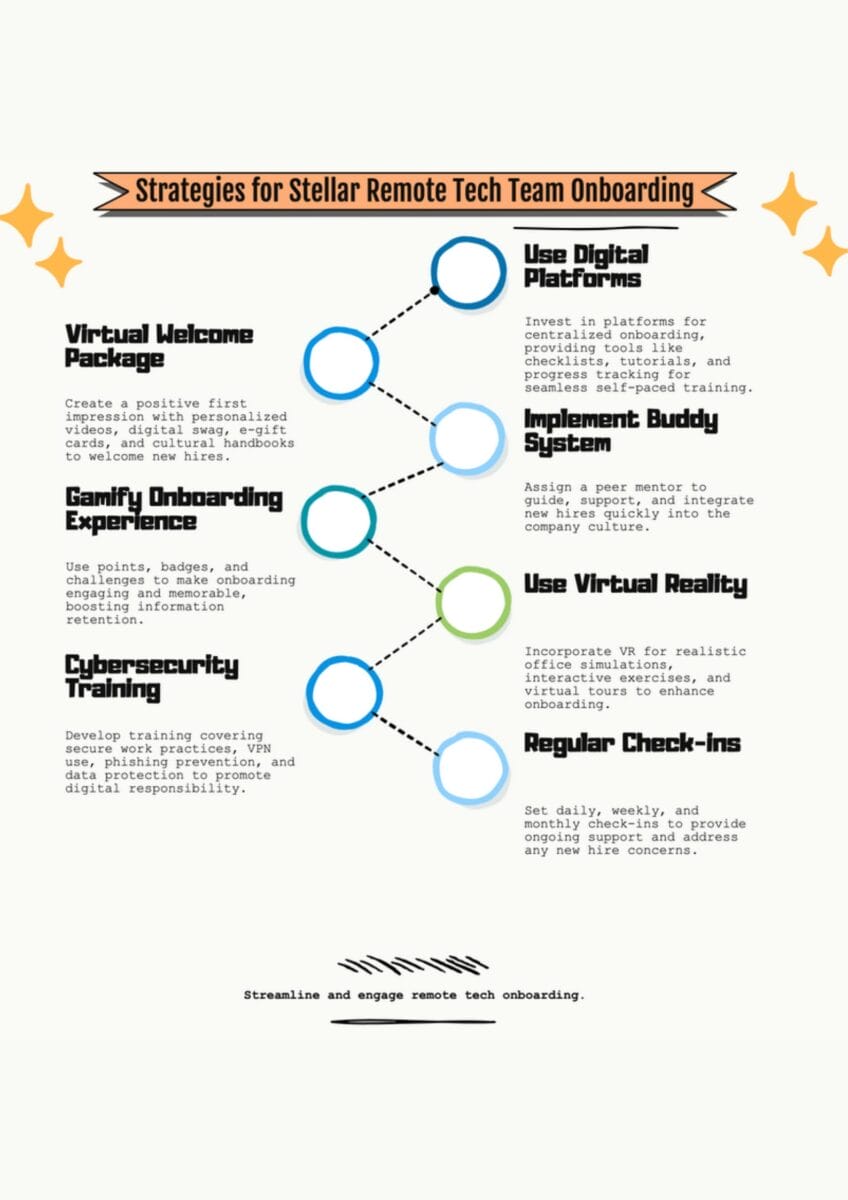
1. Embrace Digital Onboarding Platforms
In the digital age, relying on outdated onboarding methods is a recipe for disaster. Invest in a comprehensive digital onboarding platform that centralizes all necessary information, tasks, and resources. These platforms often include features like:
- Interactive checklists
- Video tutorials
- Digital document signing
- Progress tracking
By leveraging such tools, you ensure that new hires have a structured, self-paced onboarding experience that’s accessible anytime, anywhere.
2. Create a Virtual Welcome Package
First impressions matter, even in the digital realm. Surprise and delight your new team members with a virtual welcome package that includes:
- A personalized welcome video from the CEO or team lead
- Digital company swag (e.g., custom Zoom backgrounds, digital wallpapers)
- An e-gift card for a coffee or lunch “on the company”
- A digital handbook with company culture insights and team bios
This thoughtful gesture sets a positive tone and makes new hires feel valued from day one.
3. Implement a Buddy System
Navigating a new company can be daunting, especially in a remote setting. Assign each new hire a “buddy” – an experienced team member who can provide guidance, answer questions, and offer support during the first few weeks. This peer-to-peer connection fosters a sense of belonging and helps new employees integrate more quickly into the team culture.
4. Gamify the Onboarding Experience
Who says onboarding can’t be fun? Introduce gamification elements to make the process more engaging and memorable. Consider:
- Creating a points-based system for completing onboarding tasks
- Offering virtual badges for mastering new skills or tools
- Organizing team-wide challenges that encourage interaction with new hires
By adding an element of play, you’ll boost engagement and retention of crucial information.
5. Leverage Virtual Reality (VR) for Immersive Experiences
For tech teams on the cutting edge, consider incorporating VR into your onboarding process. Virtual reality can provide:
- Realistic simulations of the office environment
- Interactive team-building exercises
- Virtual tours of company facilities
While VR technology requires an initial investment, it can significantly enhance the onboarding experience for remote tech teams.
6. Prioritize Cybersecurity Training
In an era of increasing cyber threats, robust security training is non-negotiable, especially for remote tech teams. Develop a comprehensive cybersecurity onboarding module that covers:
- Best practices for secure remote work
- Proper use of VPNs and encryption tools
- Phishing awareness and prevention
- Data protection protocols
By emphasizing security from the start, you’ll foster a culture of digital responsibility within your team.
7. Schedule Regular Check-ins and Feedback Sessions
Onboarding doesn’t end after the first week. Implement a structured check-in schedule to ensure new hires feel supported throughout their first few months. Consider:
- Daily quick check-ins during the first week
- Weekly one-on-ones with the direct manager
- Monthly feedback sessions to address any concerns or questions
These touchpoints provide opportunities for continuous improvement and help new team members feel heard and valued.
Frequently Asked Questions about Remote Tech Team Onboarding

How long should the remote onboarding process last?
While the initial intensive phase typically lasts 1-2 weeks, the entire onboarding process should extend over 90 days. This allows for a gradual integration and ensures new hires have ample time to absorb information and settle into their roles.
What tools are essential for remote onboarding?
Key tools include:
- Video conferencing software (e.g., Zoom, Microsoft Teams)
- Project management platforms (e.g., Asana, Trello)
- Digital onboarding systems (e.g., BambooHR, Workday)
- Communication tools (e.g., Slack, Microsoft Teams)
- Cloud-based document sharing (e.g., Google Drive, Dropbox)
How can we measure the success of our remote onboarding process?
Track metrics such as:
- Time to productivity
- Employee satisfaction scores
- Retention rates at 30, 60, and 90 days
- Completion rates of onboarding tasks
- Feedback from new hires and their managers
Regularly analyze these metrics to identify areas for improvement and refine your onboarding strategy.
In the competitive landscape of tech talent acquisition, a stellar remote onboarding process can be your secret weapon. By implementing these seven strategies, you’ll not only streamline the integration of new team members but also set the stage for long-term success and retention.
Onboarding is an ongoing process that requires continuous refinement. Stay attuned to feedback from your team, keep an eye on emerging technologies, and be willing to adapt your approach as needed. With a commitment to excellence in remote onboarding, you’ll build a resilient, engaged, and high-performing tech team that’s ready to tackle any challenge.


